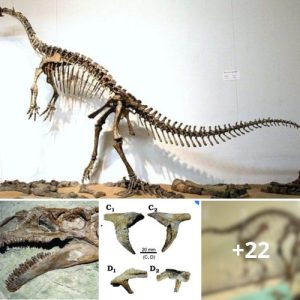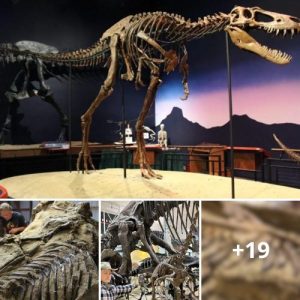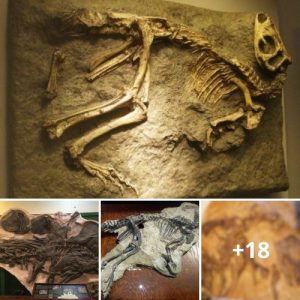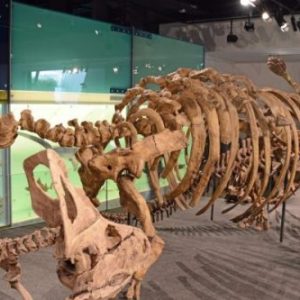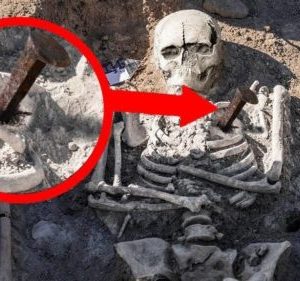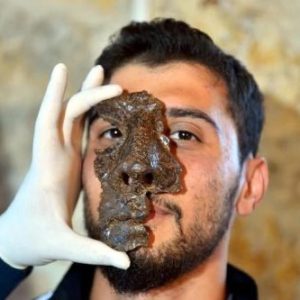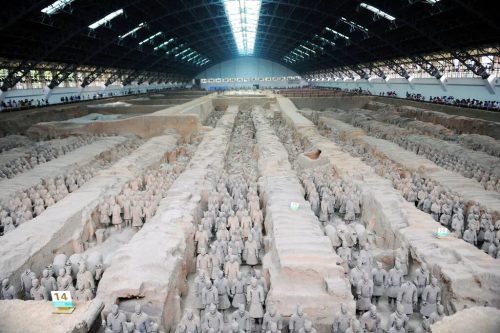
The discovery of 20 terracotta warriors near the tomb of China’s first emperor, Qin Shi Huang, has sent shockwaves through the world of archaeology. These life-sized statues, painstakingly crafted over two millennia ago, provide a fascinating glimpse into the ancient world and the power of one of China’s most influential rulers.
In this article, we will delve into the significance of this remarkable find, exploring the history of the terracotta army, its cultural importance, and the ongoing mysteries surrounding Qin Shi Huang’s secret tomb.
The Terracotta Army: A Brief History
The terracotta army, officially known as the “Terracotta Warriors and Horses,” is a collection of thousands of life-sized clay soldiers and horses that were buried alongside China’s first emperor, Qin Shi Huang, in the third century BCE. These statues were designed to serve as guardians and protectors of the emperor in the afterlife. The sheer scale and intricacy of this archaeological marvel have captivated the world since its discovery in 1974.
The Terracotta Warriors: A Cultural Marvel
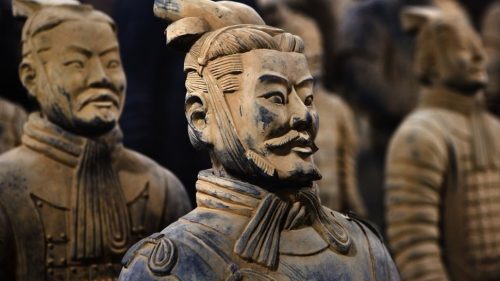
Artistry and Craftsmanship: The terracotta warriors are a testament to the remarkable artistic and engineering skills of ancient China. Each warrior was individually crafted, with distinct facial features, hairstyles, and armor, showcasing the incredible attention to detail.
Historical Significance: Beyond their aesthetic appeal, these statues have immense historical importance. They offer insights into the military technology, clothing, and armor of the Qin Dynasty, shedding light on ancient Chinese warfare and society.
Emperor’s Afterlife Beliefs: Qin Shi Huang was a firm believer in the afterlife, and his quest for immortality is well-documented. The terracotta army reflects his belief that his rule should extend into the next world, emphasizing his desire to maintain control even in death.
The Recent Discovery
In June 2023, a team of archaeologists made an astonishing discovery: 20 additional terracotta warriors buried near Qin Shi Huang’s tomb. This find has reignited interest in the emperor’s mausoleum and the mysteries that surround it. The newly unearthed statues are believed to be part of a previously unknown pit, separate from the main army, suggesting the tomb may hold even more surprises.
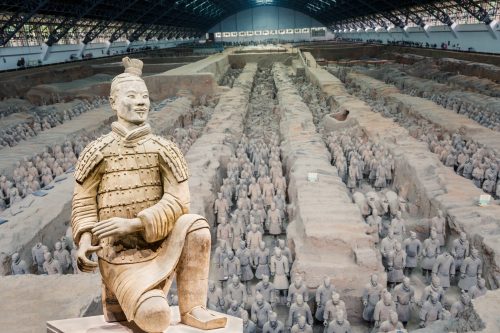
Unanswered Questions
Purpose of the New Pit: One of the most pressing questions is the purpose of this newly discovered pit. Why were these 20 warriors placed separately from the main
army? Were they meant to serve a specific role in the afterlife?
Tomb Layout: The layout of Qin Shi Huang’s tomb complex remains a mystery. Archaeologists are keen to explore the entire area to gain a comprehensive understanding of its design and purpose.
Emperor’s Burial Chamber: The emperor’s actual burial chamber has yet to be fully excavated, leaving the tantalizing possibility of discovering the elusive remains of Qin Shi Huang himself.Precise Number of Statues: Estimates of the total number of terracotta warriors vary, and this new find further complicates the count. Determining the exact number of statues in the entire complex remains an ongoing challenge.
Preservation and Future Research
Preserving these delicate terracotta artifacts is paramount, and advanced conservation techniques are continually being developed to ensure their longevity.
Ongoing research, including the use of cutting-edge technology like ground-penetrating radar, promises to reveal more about the emperor’s tomb and the secrets it holds.
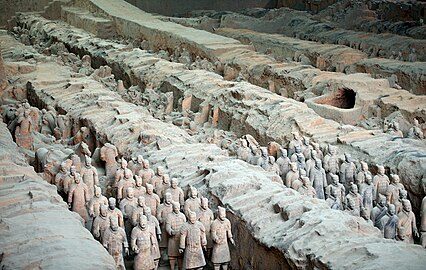
Conclusion
The recent discovery of 20 terracotta warriors near the tomb of China’s first emperor is a testament to the enduring fascination and historical importance of the Qin Shi Huang’s mausoleum.
These remarkable statues not only provide valuable insights into ancient Chinese culture but also raise tantalizing questions about the emperor’s beliefs and the mysteries hidden within his tomb. As archaeologists continue to uncover the secrets of this ancient wonder, the world eagerly anticipates further revelations about the enigmatic ruler and his terracotta army.

